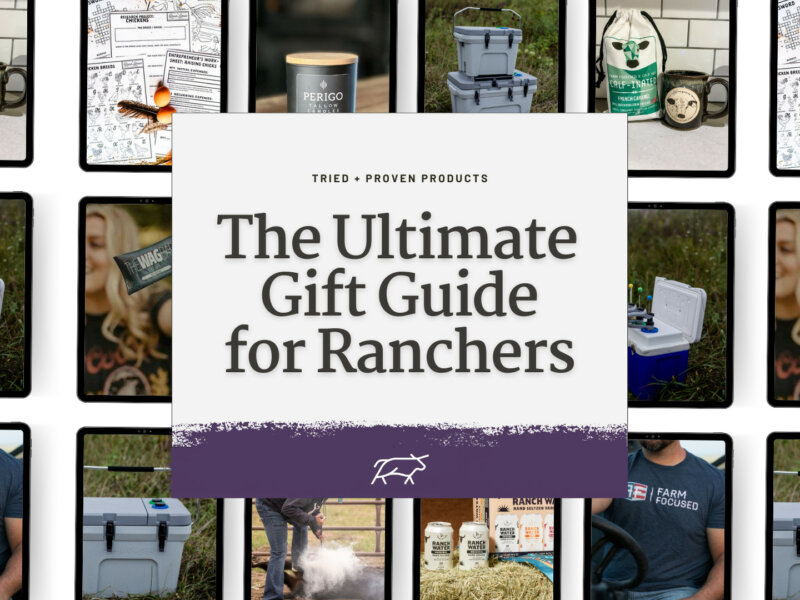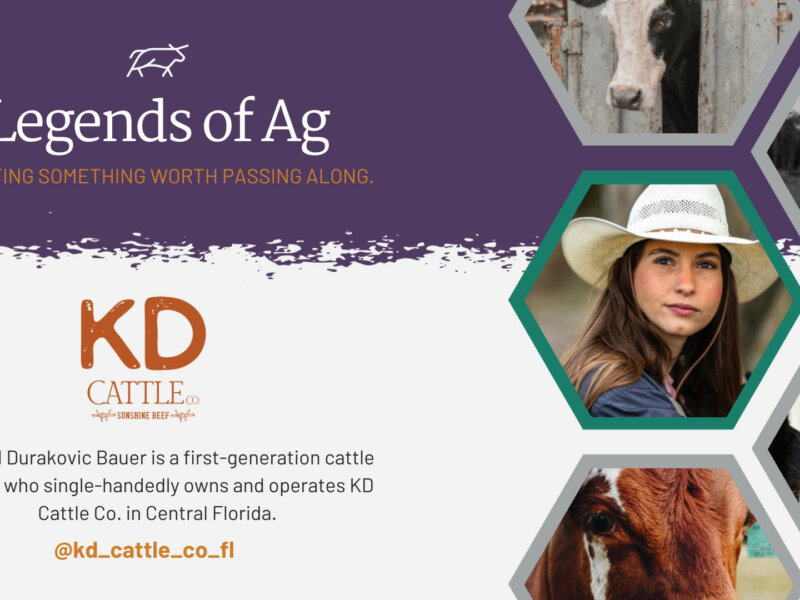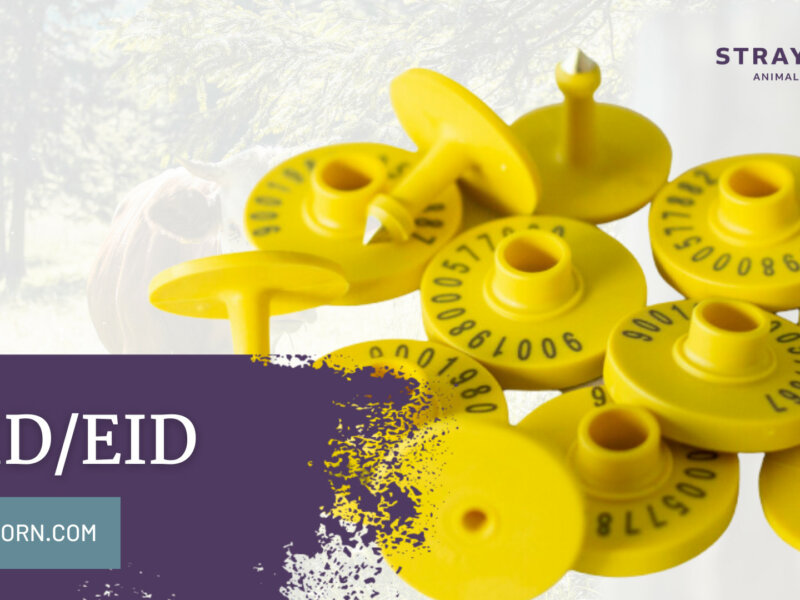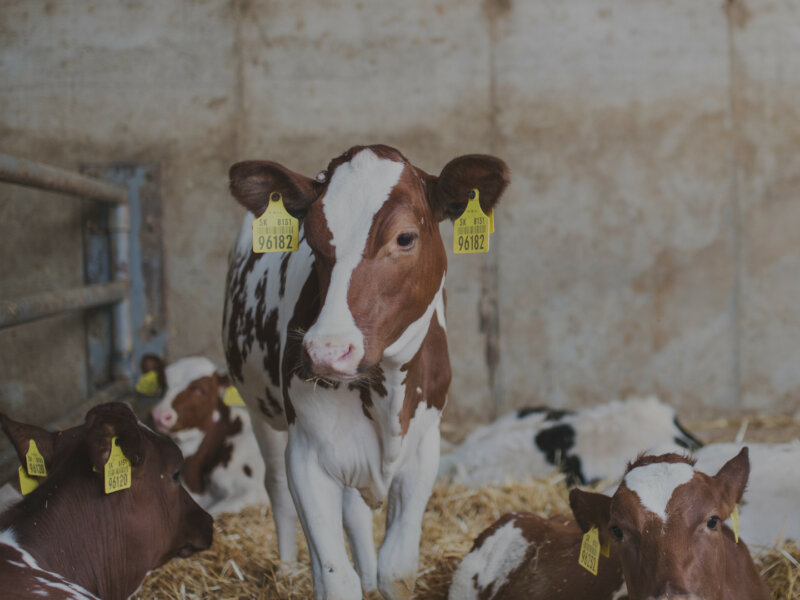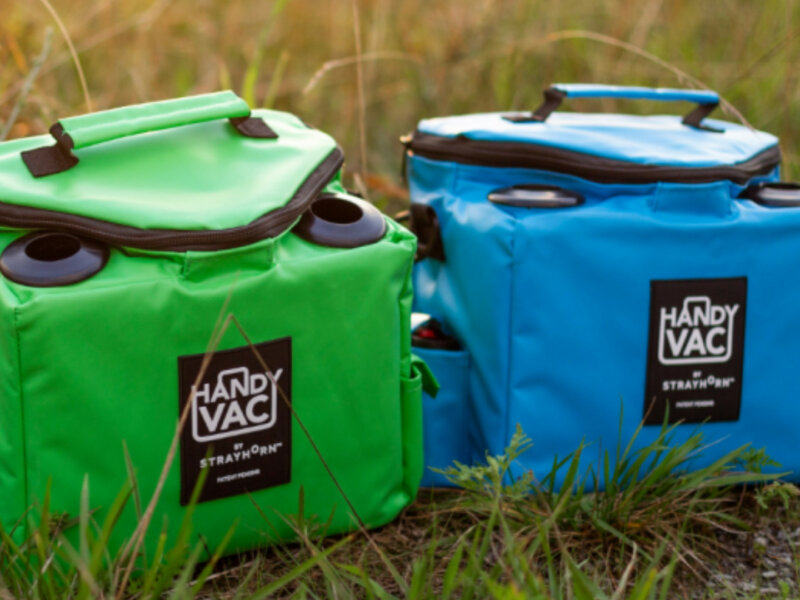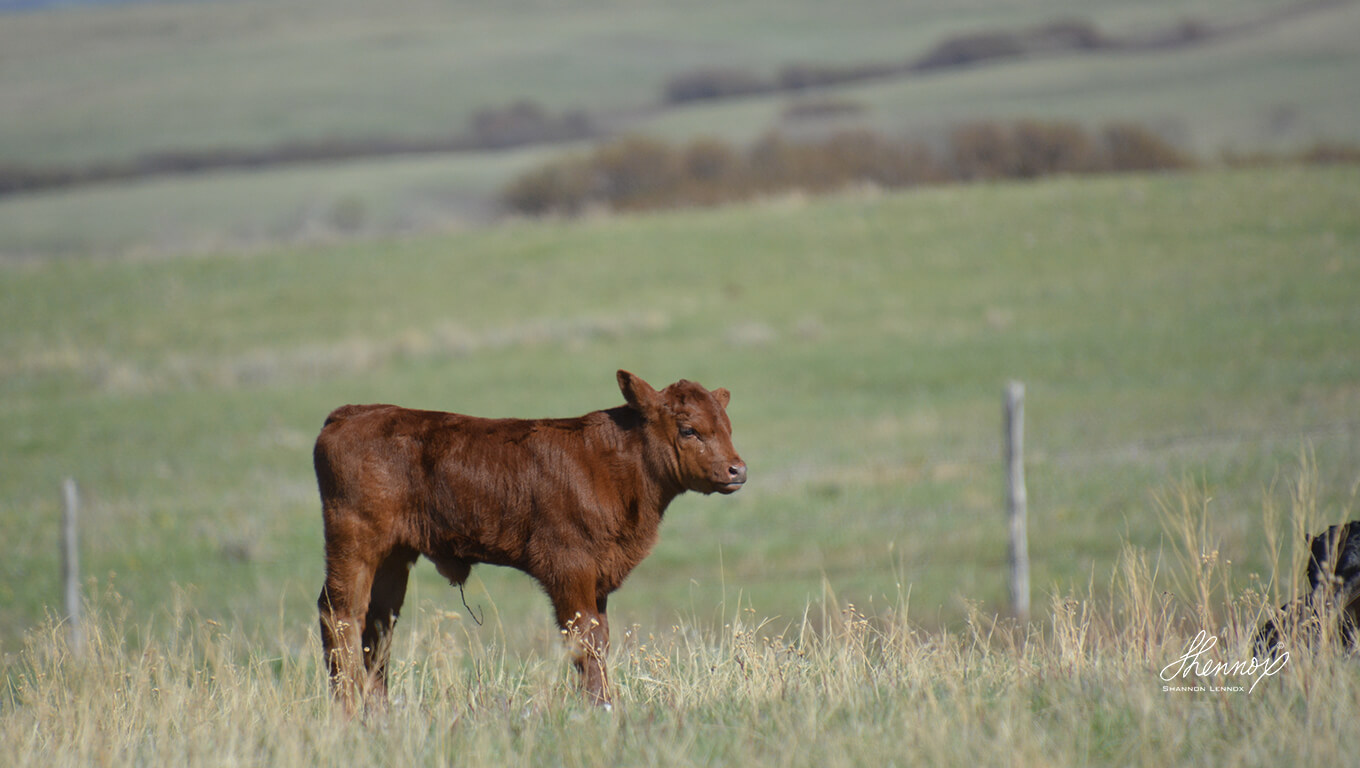
Disbudding / Dehorning Cattle
Disbudding or dehorning cattle is generally performed to minimize the risk of injuries to:
- People – avoid any harm during feeding, handling, or transport
- Other Cattle – reduces injury or death and loss of carcass value at slaughter
- Other Animal – reduce risk of harming your other animals such as horses or dogs
Ideally, the process should be performed while the calf is at its youngest age (before the horn buds grow and become fully attached to the frontal bone).
Disbudding vs. Dehorning
Disbudding is the removal or destruction of the horn-producing cells (corium) in the horn bud. It is a more preferred option over dehorning because of two reasons:
- It can be done within the first two weeks of age. In fact, it can be performed as early as the first 24 hours of calf’s life
- The horn-producing cells can be destroyed chemically or by hot-iron (electric or gas heated). Alternatively, horn buds can be removed physically with the use of shears, knives, or dehorning cups.
In case that the horns have already formed and are attached to the skull, dehorning should be performed. It is recommended that this process should take place within two months of age. Dehorning is considered a more painful and stressful procedure with longer healing time. Therefore, the earlier this procedure is performed, the better for the calf.
Disbudding / Dehorning Methods
It is recommended that you should coordinate with your veterinarian to develop protocols for disbudding/dehorning that works best with your farm management system. Here are some disbudding/dehorning methods you can consider:
- Caustic Paste Application – It is deemed as one of the common and economical methods of disbudding. Not to mention, it’s easy, effective, and can be performed before the calves are 2 days old. Performing this method after the 2nd day is not advisable as calves can already scratch their heads on something to rub the caustic paste off.
Apply just the right amount of paste (as indicated in the package). Applying too much paste can leave a huge bald area on the horn area. Also, the paste normally dries in a day, so do not let the calves get wet for 24 hours after the application.
- Hot-iron Disbudding – Although it’s an easy and reliable method, excessive heat during the application can be quite painful for the calf as it can damage the underlying bone. It has become a go-to method because of the availability of electrical and butane hot-iron devices.
- Gouge Dehorning – For large horns, a physical method of dehorning is needed. Gouge dehorning includes the use of guillotine shears, embryotomy wire, or dehorning knives, cups, saw, tubes. In some cases, only the sharp ends of the large horns are removed (leaving the base intact) just to mitigate the risk of injuring other cattle/people.
Pain Management
Any disbudding and dehorning methods cause pain. That is why pain management is a standard of care in every disbudding/dehorning procedure. Here are some pain management protocols you can implement:
- Local Anesthesia – immediately mitigating/removing the pain from the procedure. It can provide up to five hours of post-procedural analgesia.
- Systemic Pain Relief – anti-inflammatory drugs or topical applications can be used for additional or longer lasting pain relief.
The best animal management practice is to remove horn buds or horns as soon as the animal is born. In the case where horns have developed, make sure that you’re taking the appropriate measures to reduce stress in the animal by good restraint and handling techniques as well as having a pain management system in place.



